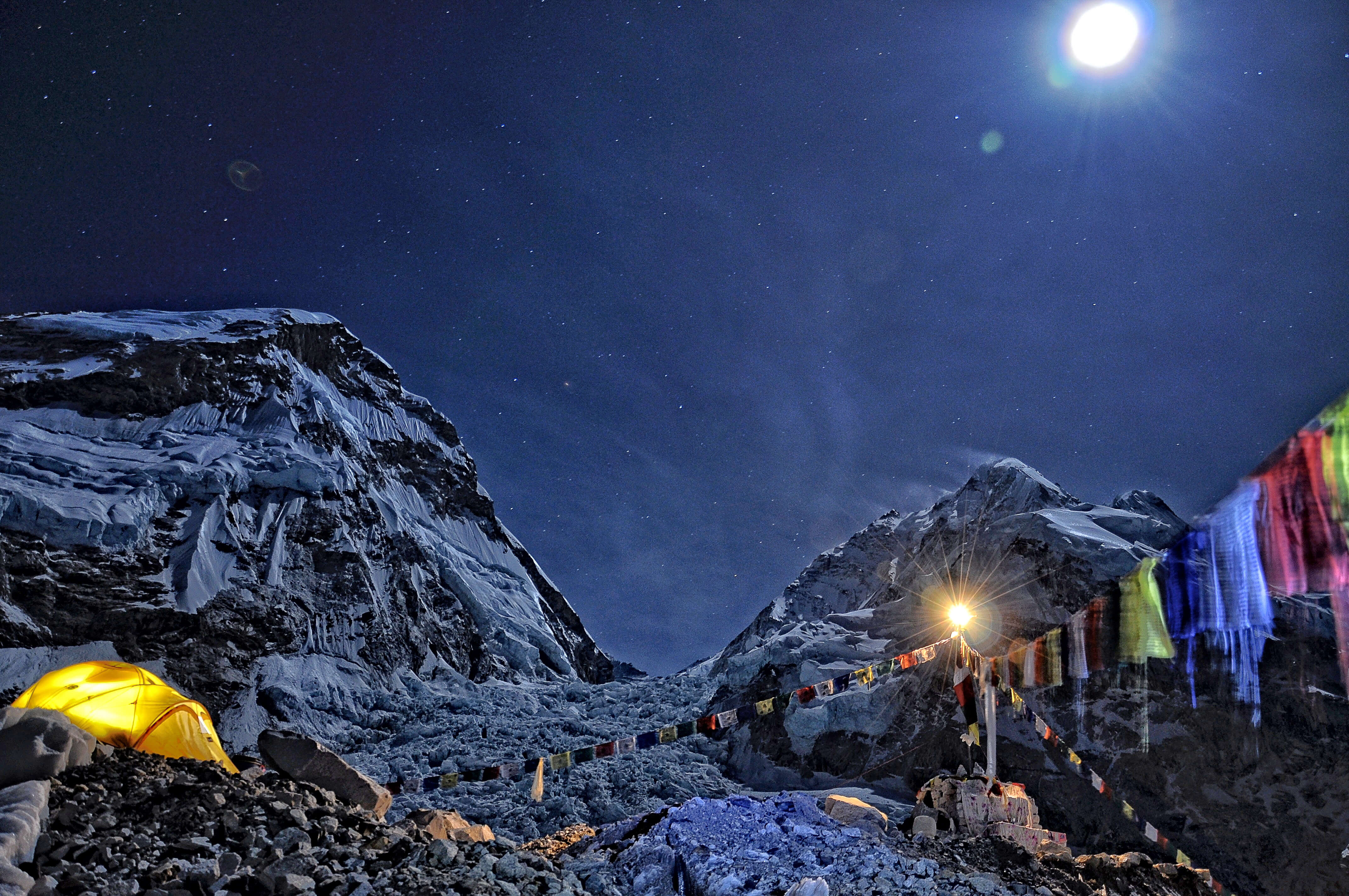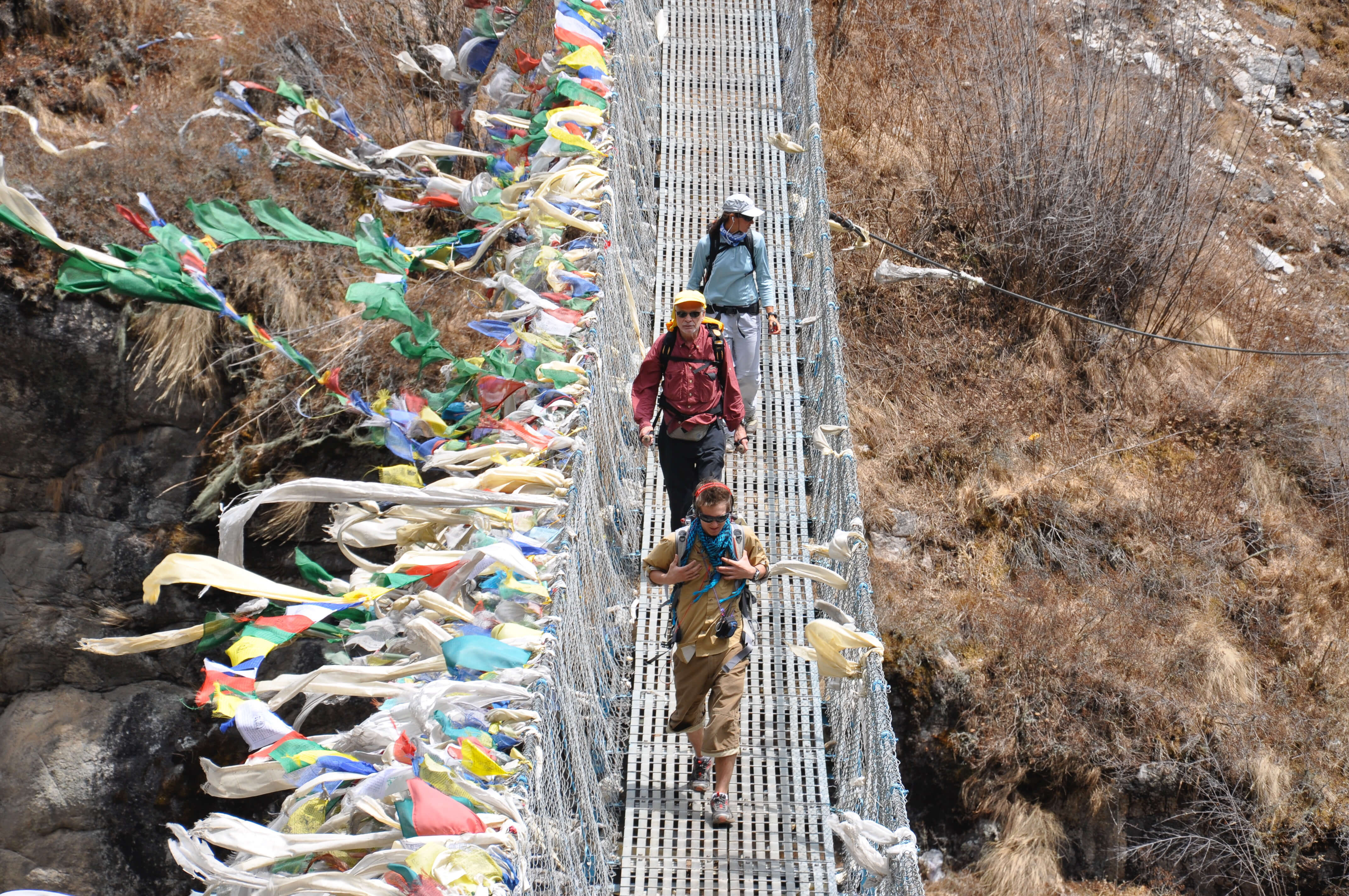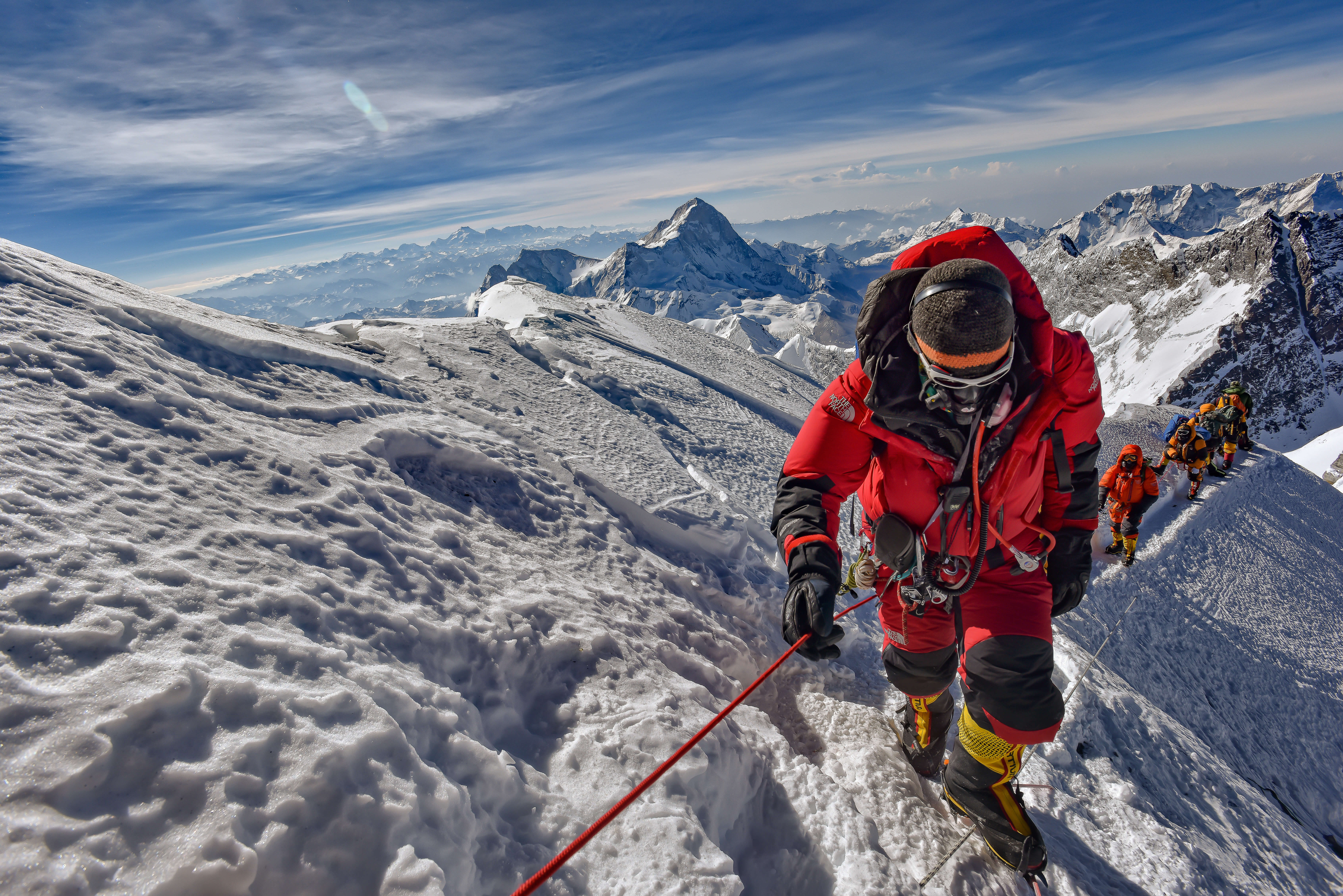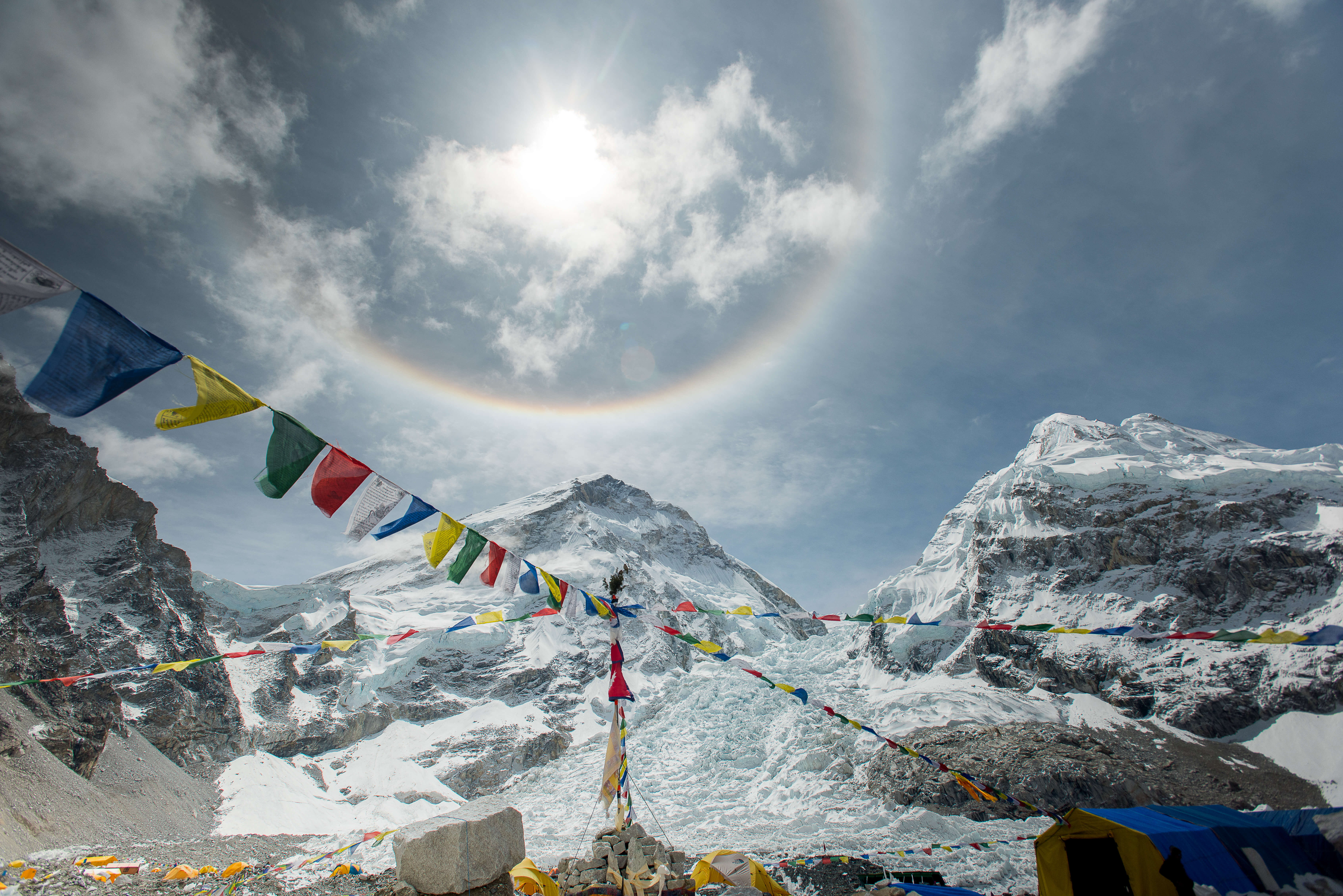Mount Everest
Expeditions
Nepal
Our Mount Everest Expedition Types
The Tibetans call Everest “Chomolungma,” which translates to “mother goddess of the world,” and the Nepali word is “Sagarmatha,” meaning “churning stick in the sea of existence.” It was officially named after Sir George Everest (the British surveyor-general of India in 1859), and in 1953 Sir Edmund Hillary and Sherpa Tenzing Norgay made history when they became the first known climbers to reach the summit.
In our expeditions, we bring together the best components of high altitude mountaineering. On a BBE expedition, you’ll benefit from our many years of experience, our world-class guides, and the most professional Sherpa team in the industry.
We also work hard to utilize new technology and equipment advancements, including the latest weather forecasting facilities, safety equipment, and communications systems. We can confidently say that our expedition offers you the most respected staff, resources, food, and base camp support available.
If you’d like to join us on the highest summit in the world, then you’ve come to the right place. We believe that the ascent should be made in the best style possible, a philosophy that has helped our expedition members achieve one of the highest rates of success on Mount Everest and secured our reputation as the best expedition on the mountain, year after year.
We also offer three types of expeditions to Mount Everest:
Mount Everest Spring Expedition
Everest Base Camp Trek
Why do we guide Mount Everest in the fall? Read our blog post that breaks down our reasoning. We also wrote about the Everest Base Camp Trek in the fall months.
Are You Ready for the Everest Expedition?
Altitude Experience
Climbers must have a significant climbing background to join our Everest Expedition. Climbers must have ascended at least one 8,000-meter mountain before joining us on open registration. Climbers must be competent to climb technical terrain with an alpine pack on their back. Climbers should also be comfortable with camp life in high-altitude camps and be able to function at a high level for multiple days at altitude.
Technical Experience
Must be capable of climbing intermediate rock, ice, and snow terrain, usually with an alpine pack on your back. It would be best if you were comfortable with camp life in high-altitude camps and could perform at a high level for multiple days at altitude. Previous ascents of numerous 6000 - 7000 meter peaks are recommended.
Fitness
Climbers must be in ideal physical condition to participate in this expedition. This is conceivably the most crucial aspect of high-altitude climbing and cannot be stressed enough. Everyday demanding exercise for many months before departure is the best way to gain the basic fitness level needed on significant peaks. We highly suggest a structured conditioning regime with a gym or private trainer to aid you in readying for climbing at altitude. Don't hesitate to contact us for more information on physical training.
More Information
Spots and dates available are limited, enter your information and we will notify you as soon as booking opens for this adventure.








